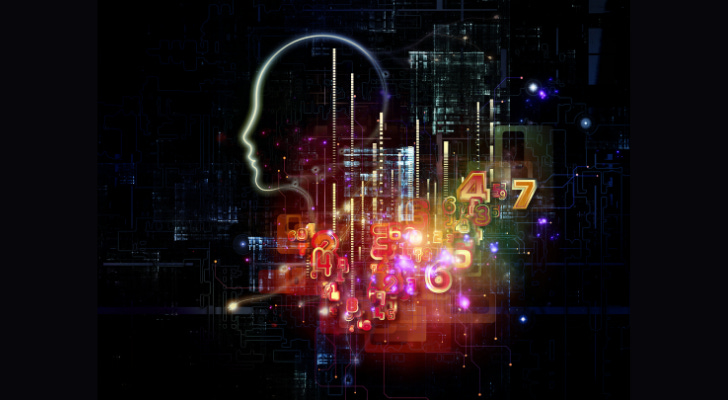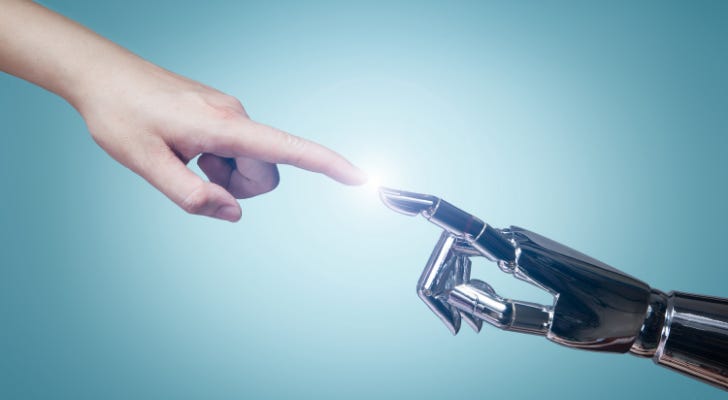What to Expect from Future Regulations on AI
An essay on the regulations regarding artificial intelligence, which is a nightmare for some people, and the future of these regulations.
Today, artificial intelligence is becoming more and more at the centre of our lives with the rapid development of technology. While this technological advancement offers many advantages for humanity, it also brings new ethical and legal challenges. These next-generation technologies have a profound and complex impact on societies, and new laws on artificial intelligence and humanoid robots are on the agenda in different countries.
Global Approaches at a Glance
Several countries are moving towards establishing legal frameworks to regulate and control artificial intelligence and humanoid robots.
Singapore has already taken a pioneering role by adopting regulations that set ethical rules for artificial intelligence and robots and has already earned a prominent place among the first countries to do so. The European Union, on the other hand, made headlines in recent days with news that it was working on a bill limiting the use of artificial intelligence and setting ethical principles. China is trying to draw limits to technology development by increasing regulations on artificial intelligence and robots.
So, what are the detailed approaches and studies on a country-by-country basis? l
Let’s take a look at them all together...
Artificial Intelligence Regulations in the US
The United States is taking significant steps to deal with technological developments and to address ethical issues in this field. In the US, there is a divergent approach across states. While some states focus on keeping tech companies under tight control, others aim to encourage innovation. California, in particular, stands out as a pioneer in AI ethics. California works on legislation to regulate the use of AI in the private sector and ensure human safety. There are also legal initiatives at the federal level to set ethical standards for artificial intelligence and robots.
Artificial Intelligence Regulations in China
China is focused on developing regulations in this area as a country that wants to be among the world leaders in artificial intelligence and robotics. The government is working on a series of regulations on the ethics and use of artificial intelligence. These regulations aim to ensure that AI is used in a way that respects human rights. It also includes various incentive policies to promote competition in AI and accelerate industrial transformation.
Ethical Principles for Artificial Intelligence in the EU
The European Union works on an ethical framework for artificial intelligence to ensure that the technology is used in a way that respects human rights. The EU is working on ethical principles stating that AI systems should be transparent, accountable and secure. It is also emphasized that AI systems should respect human rights and fundamental freedoms, prevent discrimination and pursue social justice.
Japan and the “Certified Robot” Label
Japan takes a unique approach to the regulation of artificial intelligence and robotics. The country has introduced a “Certified Robot” label to ensure that robots can work safely alongside humans. This label indicates that a robot meets specific safety standards and encourages its use in industrial areas. Developing Countries Developing countries are also focusing on improving regulations on artificial intelligence and humanoid robots. These countries seek solutions to ethical concerns and safety issues while reaping the benefits of technological advancement. These efforts aim to reduce technological inequalities, ensure social justice and make the best use of AI for humanity.
Decisions May Affect the Future!
Artificial intelligence and humanoid robot technologies scare many people. In fact, we cannot say that they are wrong. Because if these super code-based structures, which develop rapidly in a very short time and can update themselves, are not controlled and prevented, we will never know where it will lead.
Remember how Facebook’s artificial intelligence robots were shut down after the developers discovered they started talking to each other in their language in 2017! Also, Tesla’s robot attacking a factory worker is just one of the more recent examples!
That’s why we must be careful about creating and using artificial intelligence. Otherwise, imagine a picture where robots with artificial intelligence, which are physiologically stronger than us, may turn us humans into their slaves. Horrible!
(OK, I won’t turn the story into a traumatic nightmare!)
After all of the above, I think some positive and negative consequences should be considered in the regulations made by state governments regarding artificial intelligence. Paying attention to these consequences will also prevent the achievement of results that will prevent the correct use of artificial intelligence.
Possible Positive Consequences:
Strengthening Ethical Principles: Legal regulations on artificial intelligence and humanoid robots may force technology companies to take responsibility by emphasizing ethical principles. This could increase user trust.
Promote Innovation: Despite certain limitations, these regulations can also drive companies to develop safer and ethical technology. This can encourage innovation in the long run.
Employee Rights and Training: The proliferation of AI and robotics increases the need for specialized workers. Legal regulations may aim to protect the rights of the workforce in this field and expand training opportunities.
Possible Negative Consequences:
Limitation of Innovation: Overly stringent regulations may restrain innovation by restricting technology companies. This could lead to countries losing their competitive advantage.
Resource Inequality: Large technology companies often develop Artificial intelligence and robotics. Stringent regulations can force smaller companies out of the market, leading to resource inequality.
Employee Losses: AI and robots can potentially replace human labour in some sectors. This could lead to job losses in specific industries and affect economic balances.
We Need to Identify Clearly & Well!
Creating a global standard for AI and humanoid robots requires international cooperation, and there is no consensus yet! The fact that various countries worldwide are working on new laws for AI and humanoid robots reflects a global effort to regulate these technologies from an ethical and safety perspective. The future role of AI and robotics will depend on how these regulations are shaped. In this process, respect for fundamental values such as respect for human rights, social justice and transparency are essential to ensure that AI and humanoid robots serve society in the best possible way. Future AI and robot regulations should aim to make the most of the potential of technology while at the same time protecting the values of humanity.
Enacting new laws on AI and humanoid robots is a complex and balancing process. A balanced approach to minimize negative impacts while strengthening positive outcomes is essential. Global regulations should aim to raise ethical standards, encourage innovation and protect workers’ rights. However, care must be taken to ensure that these regulations are not overly stringent and that tech companies are given a certain amount of latitude. The future role of AI and humanoid robots primarily lies in this balance.
Please subscribe if you liked this article and would like to support me.
Follow me on LinkedIn: Kagan Cavusoglu





